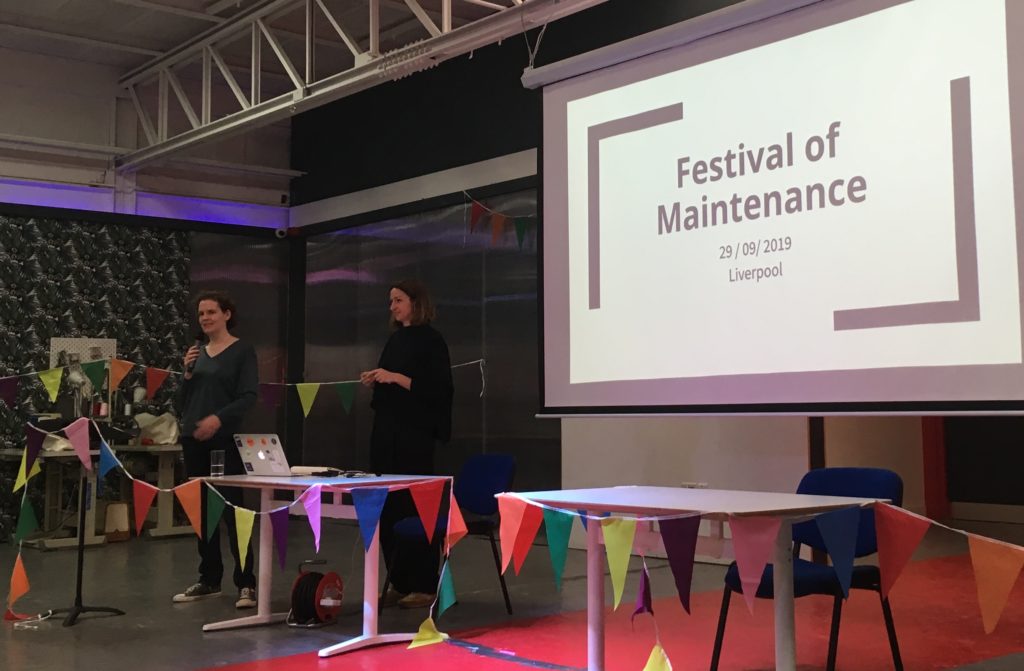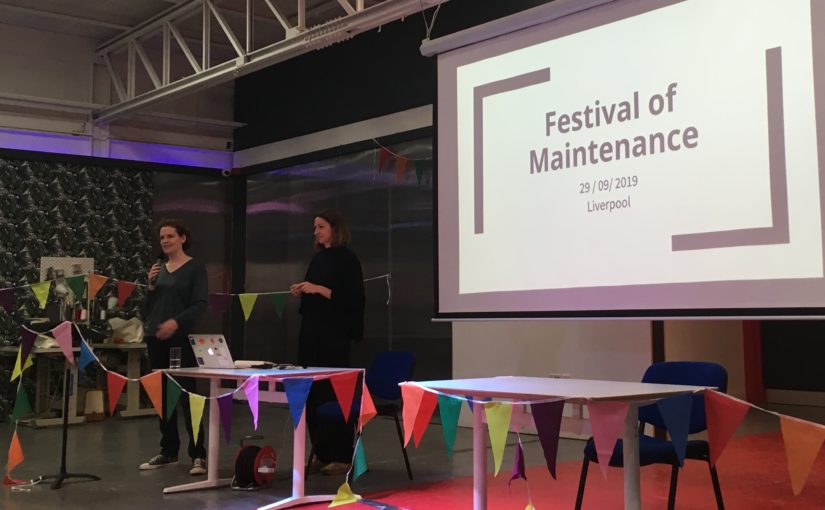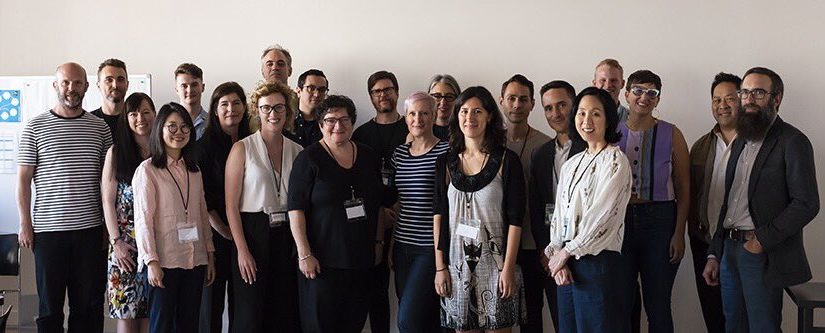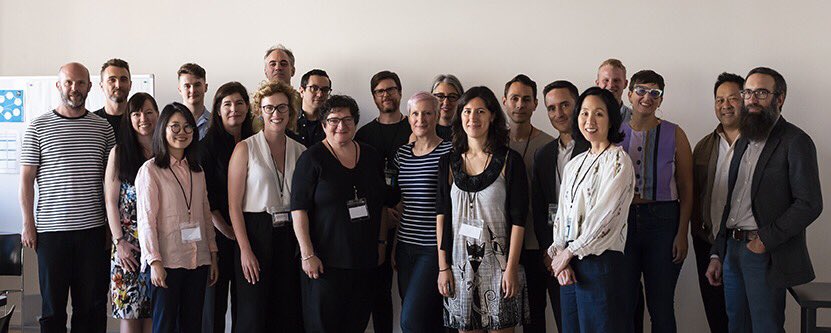I came to Liverpool for the 'Festival of Maintenance', a celebration of maintainers. I'm blogging my talk notes so that I'm not just preaching to the converted in the room. As they say:
'Maintenance and repair are just as important as innovation, but sometimes these ideas seem left behind. Amidst the rapid pace of innovation, have we missed opportunities to design things so that they can be fixed?'.
Liverpool 2019: Maintenance in Complex and Changing Times
Apps, microsites and collections online: innovation and maintenance in digital cultural heritage
My talk was about different narratives about 'digital' in cultural heritage organisations and how they can make maintenance harder or easier to support and resource. If last year's innovation is this year's maintenance task, how do we innovate to meet changing needs while making good decisions about what to maintain? At one museum job I calculated that c.85% of my time was spent on legacy systems, leaving less than a day a week for new work, so it's a subject close to my heart.
I began with an introduction to 'What does a cultural heritage technologist do?'. I might be a digital curator now but my roots lie in creating and maintaining systems for managing and sharing collections information and interpretative knowledge. This includes making digitised items available as individual items or computationally-ready datasets. There was also a gratuitous reference to Abba to illustrate the GLAM (galleries, libraries, archives and museums) acronym.
What do galleries, libraries, archives and museums have to maintain?
Exhibition apps and audio guides. Research software. Microsites by departments including marketing, education, fundraising. Catalogues. More catalogues. Secret spreadsheets. Digital asset management systems. Collections online pulled from the catalogue. Collections online from a random database. Student projects. Glueware. Ticketing. Ecommerce. APIs. Content on social media sites, other 3rd party sites and aggregators. CMS. CRM. DRM. VR, AR, MR.
Stories considered harmful
These stories mean GLAMs aren't making the best decisions about maintaining digital resources:
- It's fine for social media content to be ephemeral
- 'Digital' is just marketing, no-one expects it to be kept
- We have limited resources, and if we spend them all maintaining things then how will we build the new cool things the Director wants?
- We're a museum / gallery / library / archive, not a software development company, what do you mean we have to maintain things?
- What do you mean, software decays over time? People don't necessarily know that digital products are embedded in a network of software dependencies. User expectations about performance and design also change over time.
- 'Digital' is just like an exhibition; once it's launched you're done. You work really hard in the lead-up to the opening, but after the opening night you're free to move onto the next thing
- That person left, it doesn't matter anymore. But people outside won't know that – you can't just let things drop.
Why do these stories matter?
If you don't make conscious choices about what to maintain, you're leaving it to fate.
Today's ephemera is tomorrow's history. Organisations need to be able to tell their own history. They also need to collect digital ephemera so that we can tell the history of wider society. (Social media companies aren't archives for your photos, events and stories.)
Better stories for the future
- You can't save everything: make the hard choices. Make conscious decisions about what to maintain and how you'll close the things you can't maintain. Assess the likely lifetime of a digital product before you start work and build it into the roadmap.
- Plan for a graceful exit – for all stakeholders. What lessons need to be documented and shared? Do you need to let any collaborators, funders, users or fans know? Can you make it web archive ready? How can you export and document the data? How can you document the interfaces and contextual reasons for algorithmic logic?
- Refresh little and often, where possible. It's a pain, but it means projects stay in institutional memory
- Build on standards, work with communities. Every collection is a special butterfly, but if you work on shared software and standards, someone else might help you maintain it. IIIF is a great example of this.
Also:
- Check whether your websites are archiveready.com (and nominate UK websites for the UK Web Archive)
- Look to expert advice on digital preservation
- Support GLAMs with the legislative, rights and technical challenges of collecting digital ephemera. It's hard to collect social media, websites, podcasts, games, emerging formats, but if we don't, how will we tell the story of 'now' in the future?
And it's been on my mind a lot lately, but I didn't include it: consider the carbon footprint of cloud computing and machine learning, because we also need to maintain the planet.
In closing, I'd slightly adapt the Festival's line: 'design things so that they can be fixed or shut down when their job is done'. I'm sure I've missed some better stories that cultural institutions could tell themselves – let me know what you think!



